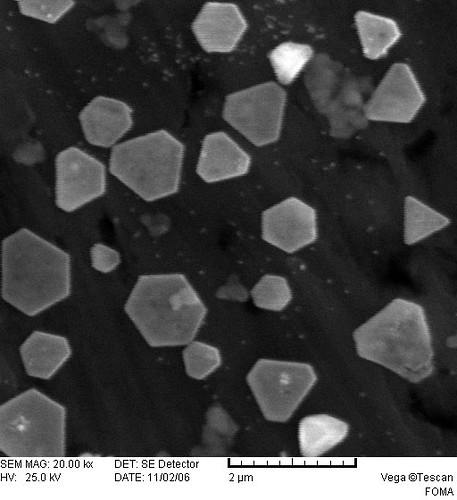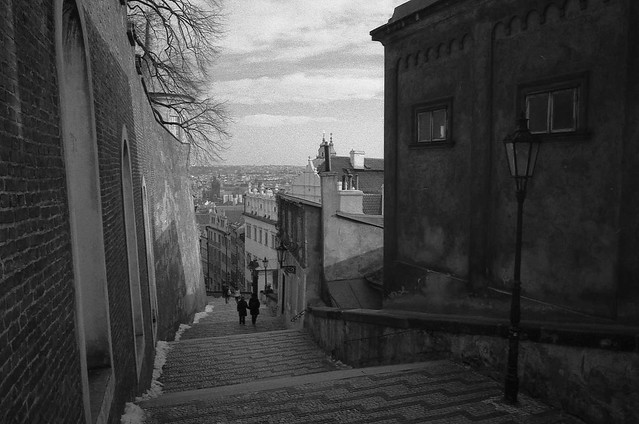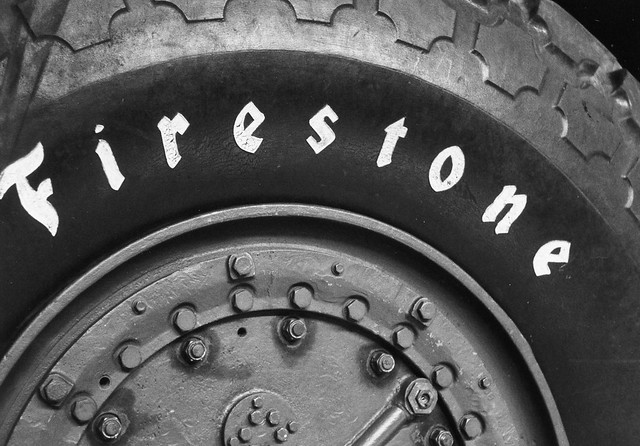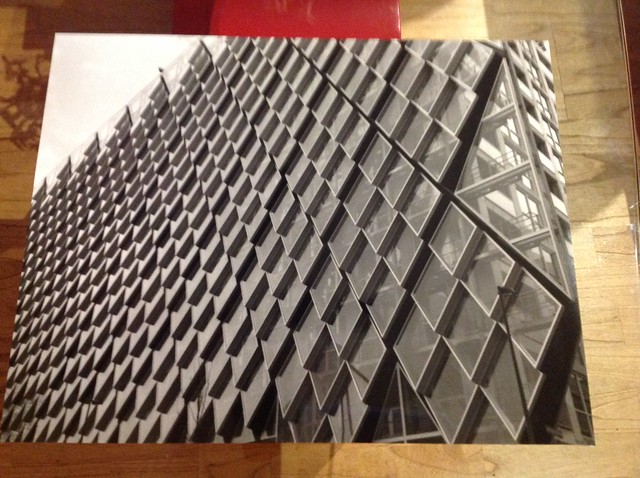dougwillobee
Newbie
I shot my first roll of Arista EDU Ultra 200 35mm the other day. I developed it last night in Rodinal 1+25 5 minutes. The film definitely has a mid-century look, but I was surprised at the amount of pronounced grain. More pronounced than Tri-X to my eye. It is certainly has a "look" that might be appropriate for some subject matter. But maybe over the top for others.
I'm planning to run another test roll in Rodinal 1+50, but I'm looking for opinions about other developers that might maintain the look without quite so much of the grain?
Thanks in advance,
Doug
I'm planning to run another test roll in Rodinal 1+50, but I'm looking for opinions about other developers that might maintain the look without quite so much of the grain?
Thanks in advance,
Doug













